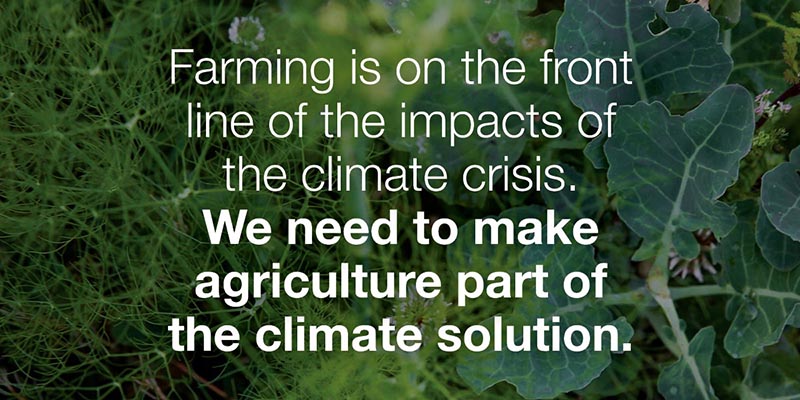
What’s good in the draft climate plan:
- It’s great that the Commission has acknowledged that we need permanent native forests to draw in and lock away carbon.
- It’s also great they’ve acknowledged that we can’t plant our way out of climate catastrophe. Trees have a role to play, but they’re not a substitute for reducing our emissions at source.
- A target to end coal in food production. Did you know dairy giant Fonterra is the second largest user of coal in New Zealand? Coal is used to dry milk. Fonterra and friends are going to have to act fast to meet that target.
- A plan for phasing out petrol vehicles – but we can’t just replace petrol vehicles with electric vehicles. Investing properly in public transport (like buses and trains) and active transport (like cycleways and footpaths) leads to healthier people and thriving cities
What could use work:
- Once again, our dirtiest industry – industrial dairying – gets a free pass to continue polluting the climate. We need real climate action on agriculture – and fast.
- The report seems to believe we can reduce emissions without reducing production of milk and meat. We’ve known for a long time that the massive dairy boom of the 1990s has sickened Aotearoa’s rivers and polluted our climate. To truly tackle the climate crisis, we’ll need to reduce our reliance on big dairy and instead diversify into more plant-based, regenerative food production.
- The number of dairy cows has doubled since 1990. It’s unsustainable. But the draft climate plan suggests reducing cow numbers by only 15% by 2030. To make a real dent in dairy emissions, we need to reduce herd numbers by half.
- Nothing on cutting imported feed like palm kernel expeller, or on phasing out synthetic nitrogen fertiliser. Synthetic nitrogen fertiliser is a major contributor of nitrous oxide, a greenhouse gas 289 times more potent than CO2. When applied to land, synthetic nitrogen fertiliser emits more than our entire domestic aviation industry.
Image: Greenpeace
